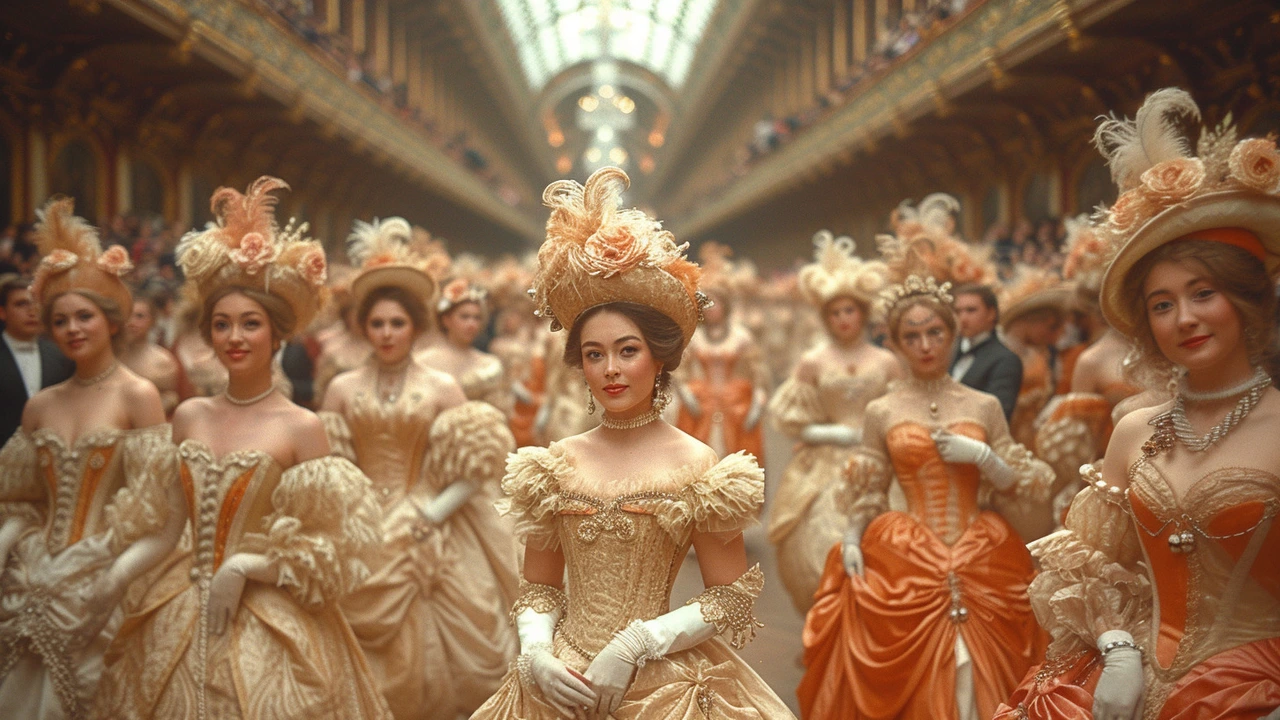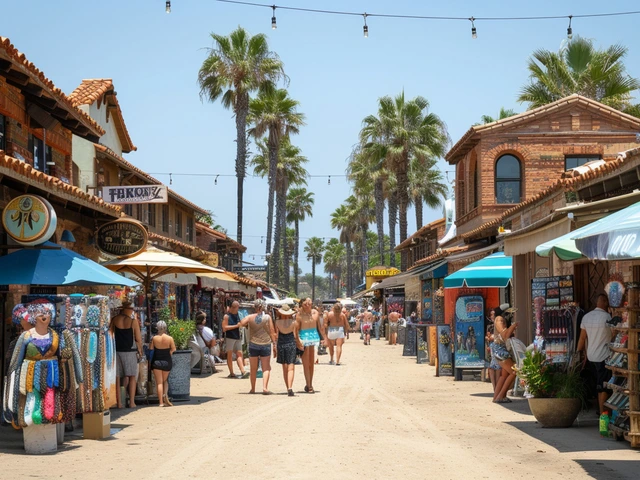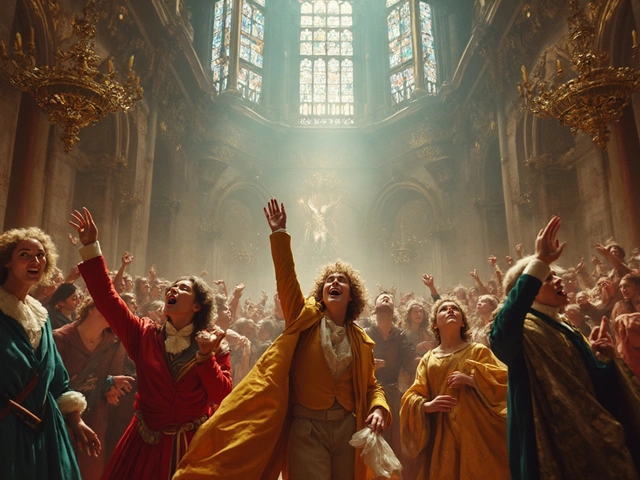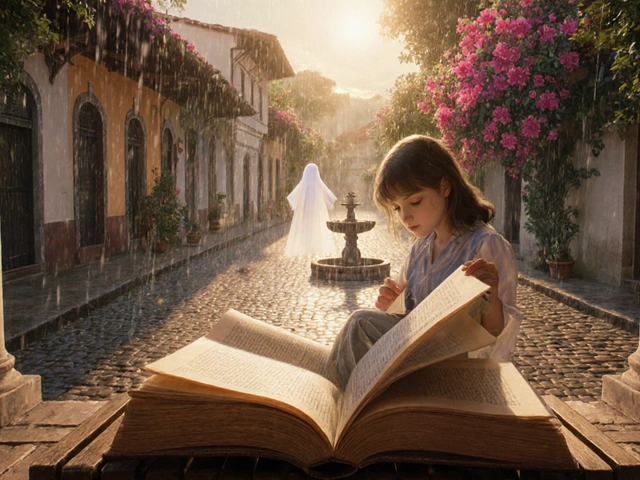The Roots of Rococo: A Brief History
In the early 18th century, Europe witnessed the emergence of the Rococo art movement, a style characterized by its intricate detail, flowing curves, and an emphasis on themes of love, nature, and light-heartedness. Originating in France, it was a response to the formal grandeur of the Baroque era, offering a more playful and ornate aesthetic. It’s essential to understand the historical context and key characteristics of Rococo to fully appreciate its influence on contemporary fashion. This art movement was not confined to paintings alone; it extended its reach to architecture, interior design, and decorative arts, setting a precedent for holistic aesthetic experiences that today’s fashion world eagerly embraces.
Rococo’s appeal lay in its ability to simultaneously convey elegance and whimsy. Artists like Jean-Honoré Fragonard and François Boucher captivated the imagination with their use of soft colors, asymmetrical compositions, and delightful depictions of leisurely life. These elements of Rococo art have continuously found their way into the fabric of modern design, influencing everything from clothing silhouettes to textile patterns, proving that the allure of Rococo is timeless.
The Rococo Revival in Fashion
In the landscape of contemporary fashion, the echoes of Rococo are unmistakable. High fashion runways and mainstream clothing lines alike have displayed a resurgence of interest in the opulent and intricate designs reminiscent of the 18th century. This revival isn't merely about replicating historical costumes but about reinterpreting Rococo’s essence in a modern context. Fashion designers have been drawn to the movement’s intricate details, pastel palettes, and flamboyant ornamentation, integrating these elements into their collections in ways that speak to today’s fashion-forward audience.
The incorporation of Rococo-inspired themes in modern attire is not just an homage to the past; it is a statement of blending timeless elegance with contemporary flair. From voluminous gowns adorned with elaborate lacework to chic streetwear featuring playful motifs and intricate embroidery, the modern fashion scene is embracing the whimsy of Rococo while maintaining a fresh and relevant edge. This blend of historical influence and modern innovation creates a unique style narrative that resonates with those who appreciate both the beauty of history and the dynamism of contemporary design.
Key Elements of Rococo Influence in Modern Designs
The infusion of Rococo aesthetics into contemporary fashion can be seen in several key elements. One of the most distinctive features is the use of pastel color schemes. Soft pinks, blues, and greens that were so prevalent in Rococo paintings now grace the palettes of modern fashion collections, bringing a sense of softness and romance to the designs. Another significant aspect is the adoption of intricate patterns and embellishments. Whether it’s through elaborate floral motifs, delicate lacework, or ornate beading, designers are channeling the detailed craftsmanship that defined Rococo art.
Structurally, the influence of Rococo is evident in the flirtatious curves and fluid silhouettes that characterize many contemporary pieces. The movement’s preference for asymmetry and movement has inspired fashion designers to experiment with dynamic shapes and lines, resulting in garments that project both grace and innovation. Additionally, the theme of leisure and playfulness, a core aspect of Rococo scenes, has been embraced in fashion through the use of whimsical accessories and playful layering, further proving how the spirit of the Rococo movement continues to inspire beyond its time.
The Impact on Today's Fashion Industry
Understanding the Rococo movement's influence on contemporary fashion offers valuable insights into how historical art can shape modern creative industries. The assimilation of Rococo elements into fashion design not only enriches the visual and tactile appeal of garments but also underscores the cyclical nature of style trends. It reveals how designers are constantly looking to the past for inspiration, seeking to reinterpret and reinvent historical aesthetics for a modern audience.
The revival of Rococo in fashion also highlights the industry's ability to transcend time and cultural boundaries. It reflects a growing appreciation for art history among both designers and consumers, fostering a deeper connection between fashion and the arts. As the fashion world continues to explore the rich tapestry of the past, the influence of movements like Rococo serves as a testament to the enduring power of beauty and creativity. It’s a reminder that in fashion, as in art, there are endless possibilities for innovation within the echoes of history.
Rococo Reimagined: Tips for Incorporating the Style into Everyday Wardrobes
Embracing the Rococo revival in everyday fashion doesn’t mean dressing in period costumes. Instead, it’s about integrating select elements of the style into modern wardrobes in ways that feel fresh and wearable. For those intrigued by the elegance of Rococo but unsure how to adopt it practically, start with incorporating soft pastel tones into your attire. Choose pieces with subtle floral patterns or decorative trims for a nod to the movement’s ornamental nature. Layering delicate lace items or opting for accessories adorned with playful, baroque-inspired motifs can also add a Rococo flair to contemporary outfits.
Ultimately, the key to fashionably channeling Rococo is balance. It’s about finding ways to incorporate the art movement's distinctive features—its colors, patterns, and ornamentation—into your personal style without overwhelming it. By selectively embracing the whimsical and refined elements of Rococo, you can create ensembles that are both inspired by history and perfectly suited for the modern world. It’s a testament to the timelessness of Rococo's charm and its lasting impact on the boundless world of fashion.




